The Phil Alden Robinson-directed sports fantasy film, ‘Field of Dreams,‘ follows an Iowa farmer’s efforts to build a baseball field in his corn farm to attract the ghosts of former baseball legends. After hearing a cryptic voice insisting that he make the field, the film’s protagonist, Ray Kinsella, does so while trying to figure out what it all means. Eventually, he lands at the doorstep of a reclusive author named Terence Mann, who aids him in fulfilling both his and Ray’s baseball journey. However, the writer also has a special connection to Ray, owing to the influence of his books in his formative years. Hoping to make sense of it all, Terence follows Ray in his surreal endeavors, thereby playing a pivotal role in the story and also its conclusion! SPOILERS AHEAD.
The Inspiration Behind the Reclusive Author Terence Mann
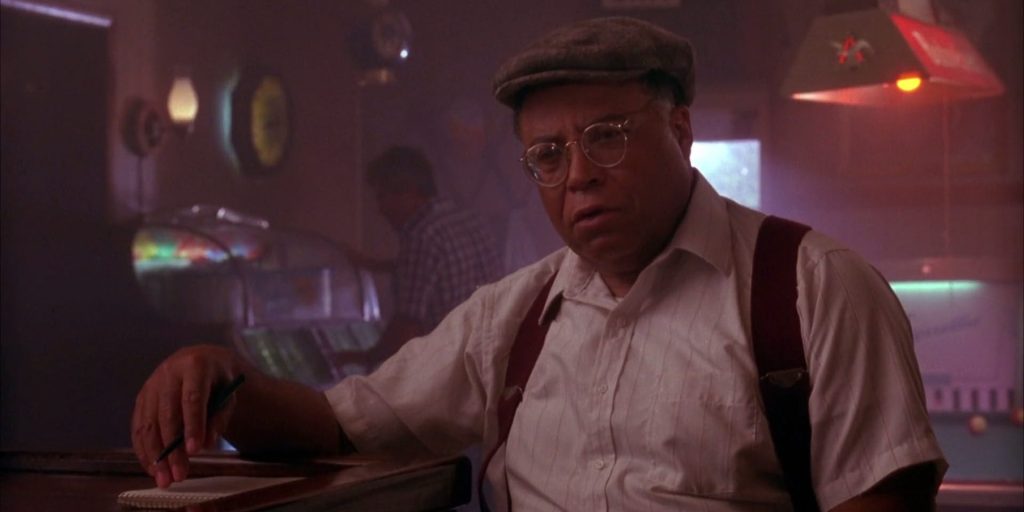
‘Field of Dreams’ is an adaptation of W. P. Kinsella’s 1982 magic realist novel ‘Shoeless Joe.’ The film is a faithful recreation of the events from the novel except for a few changes. One such alteration is the addition of the character Terence Mann, who is a fictional author conceived by director Phil Alden Robinson. In the novel, Terence’s role is occupied by a fictional version of the real-life writer J.D. Salinger. Kinsella wanted to write a story about baseball and unfulfilled dreams and ambitions, so he alighted upon Salinger as a character. Although Kinsella had not met Salinger in person, he imagined a made-up version of him that lived as a recluse, matching Salinger’s real-life persona and how he avoided being in the limelight.
However, during production, the movie producers were worried that Salinger would file a lawsuit if they attempted to portray his likeness in their film. Therefore, Phil Alden Robinson rewrote the character as Terence Mann, a celebrated American author who is a stand-in for Salinger. Like his real-life counterpart, Mann’s novels are considered classics by the literary fraternity, with the writer even having won the Pulitzer Prize at some point in his career. He is even credited with coining the slogan “Make love, not war.” His novel ‘The Boat Rocker‘ becomes a contentious topic during a PTA meeting in the movie. Several parents raise their concerns about the novel’s endorsement and exploration of perverted and unethical subject matters. The listening panel and Ray’s wife, Annie, resolve the concerns.
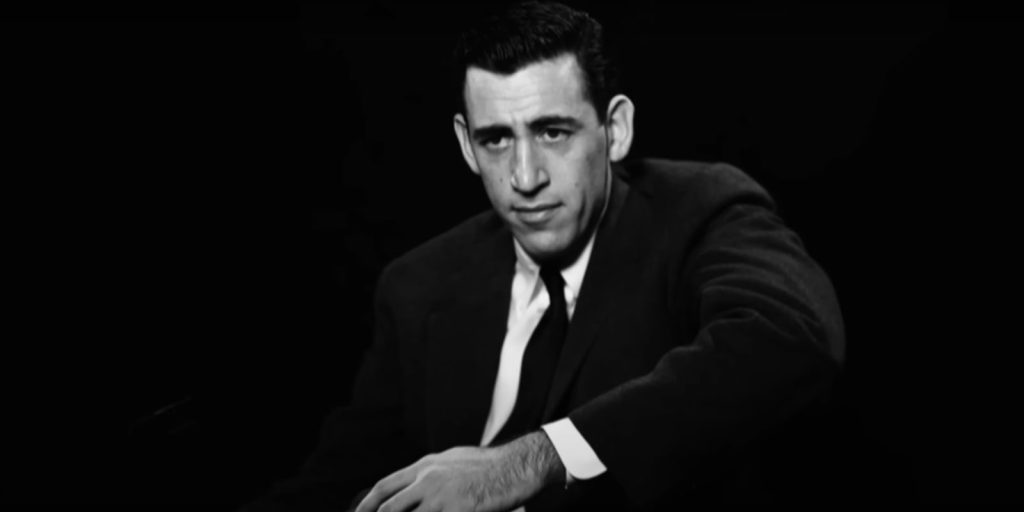
Terence’s novel ‘The Boat Rocker’ can be seen as a representation of J.D. Salinger’s critically acclaimed, enduring novel, ‘The Catcher in the Rye,’ strengthening the connection between the two figures. However, the most significant ties between Mann and Salinger are in their isolated lifestyle and how they want to stay away from people’s attention. During his first meeting with Ray, the farmer has a difficult time convincing him to even listen to him after tracking down his address and showing up where he lives. Additionally, Salinger also appreciated the game of baseball while he was still alive, something that Mann shares as well. While the fictional author may not exist in reality, he is a clear personification of J.D. Salinger’s persona, albeit a semi-fictional version that is derived from W.P. Kinsella’s novel.
Terence Disappears After Walking Into Ray’s Cornfield
At the end of ‘Field of Dreams,’ Terence gets chosen by Shoeless Joe to join the ghosts of the baseball players as they walk towards the cornfield. Their preferential treatment angers Ray, as he believes he should have been chosen. Both he and Terence believe that the mystery behind the appearance of the ghosts is linked to whatever is out there in the cornfields. However, Ray is reminded that he already has a family, and things are tying him to the mortal realm, which are all valid reasons why he should not join the other ghosts. On the other hand, Terence makes peace with Ray and is hopeful of finally achieving his baseball dreams. He follows the rest of the ghosts by walking into the cornfields and vanishes like all of them.
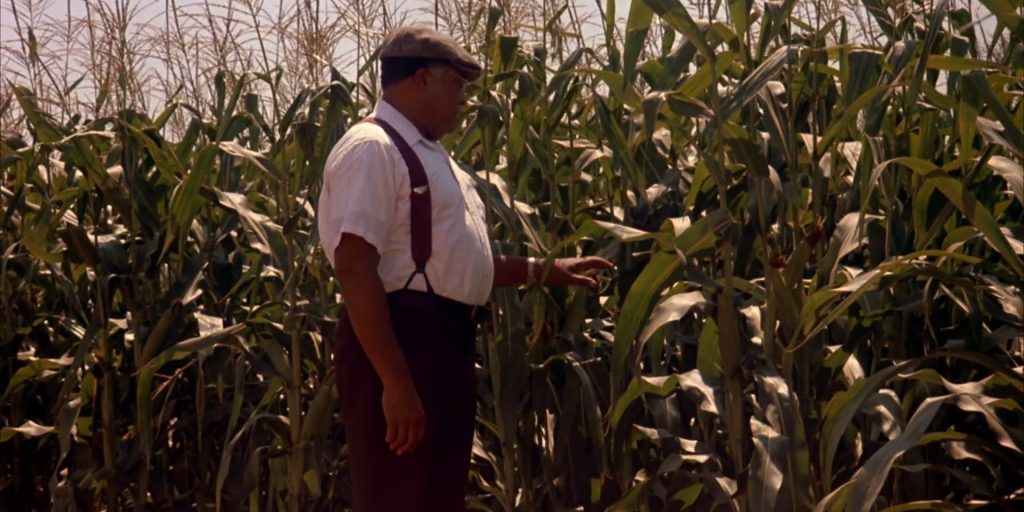
From the beginning, Terence is a loner and recluse who is unwilling to move on with his life, preferring the comforts of his home over meeting other people. After coming across Ray, his life opens up, and he is faced with innumerable possibilities. While it seems that by walking into the cornfields, Terence is inevitably heading towards death like all the other ghosts, his destination is irrelevant to his decision. As the character has been stuck in his ways for a long time, he has become paralyzed by inertia and refuses to change. His final move might be a sign of the development in his personality as he is finally willing to take a leap of faith, regardless of whether he dies or lives.
Another possibility is that Terence might have been dead all along. The character could have been privy to the voices in Ray’s head for that exact reason. When Ray and Terence return from watching a baseball game at Fenway Park, the former is shocked when he drops Terence off and then runs into him again as he is turning a corner. His actions during that moment can only explained if he is a ghost, like all the other spirits in Ray’s field. However, when Mark later visits Ray at the field, he sees Terence and interacts with him, suggesting that the writer is real. Therefore, the most sensible explanation for Ray’s disappearance in the cornfields is that he has moved on to a different realm – either to seize a new opportunity in life or to his death.
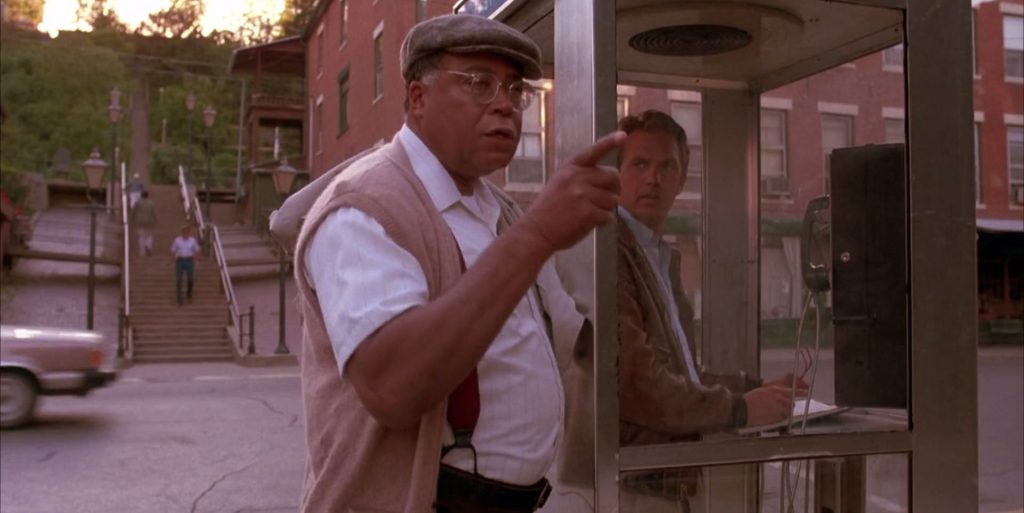
As Terence has no one close to him, he might be less concerned about death when stepping into the field. Ultimately, as the character represents J.D. Salinger, it stands to reason that Phil Alden Robinson wanted to depict Terence’s final moments as him leaving behind his life as a recluse. The novel also portrays the same set of events, except through the eyes of Salinger instead. His ending may not necessarily mean death, but walking into the cornfield is a marker of his growth and his acceptance of moving on from his previous life and taking a new approach.
Read More: Is Field of Dreams Based on a True Story?

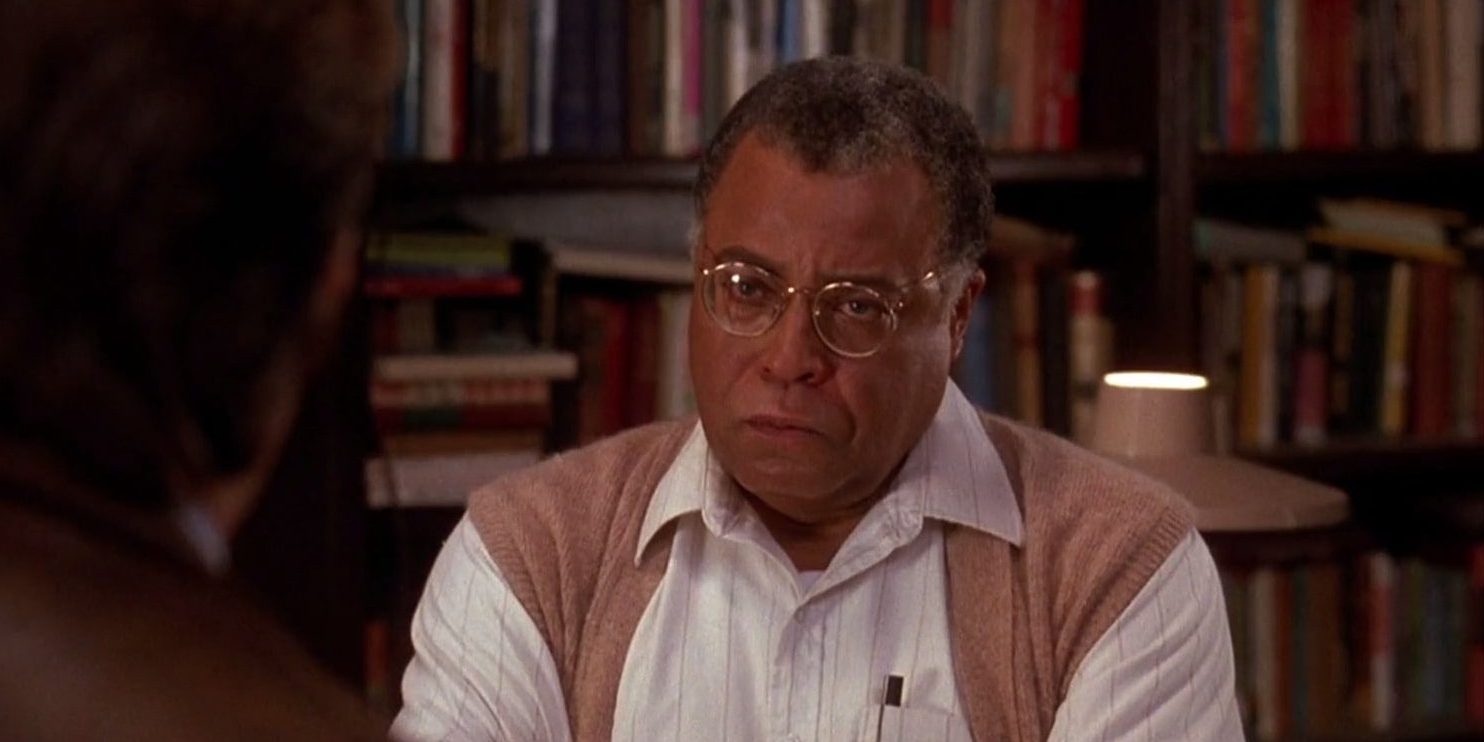
You must be logged in to post a comment.